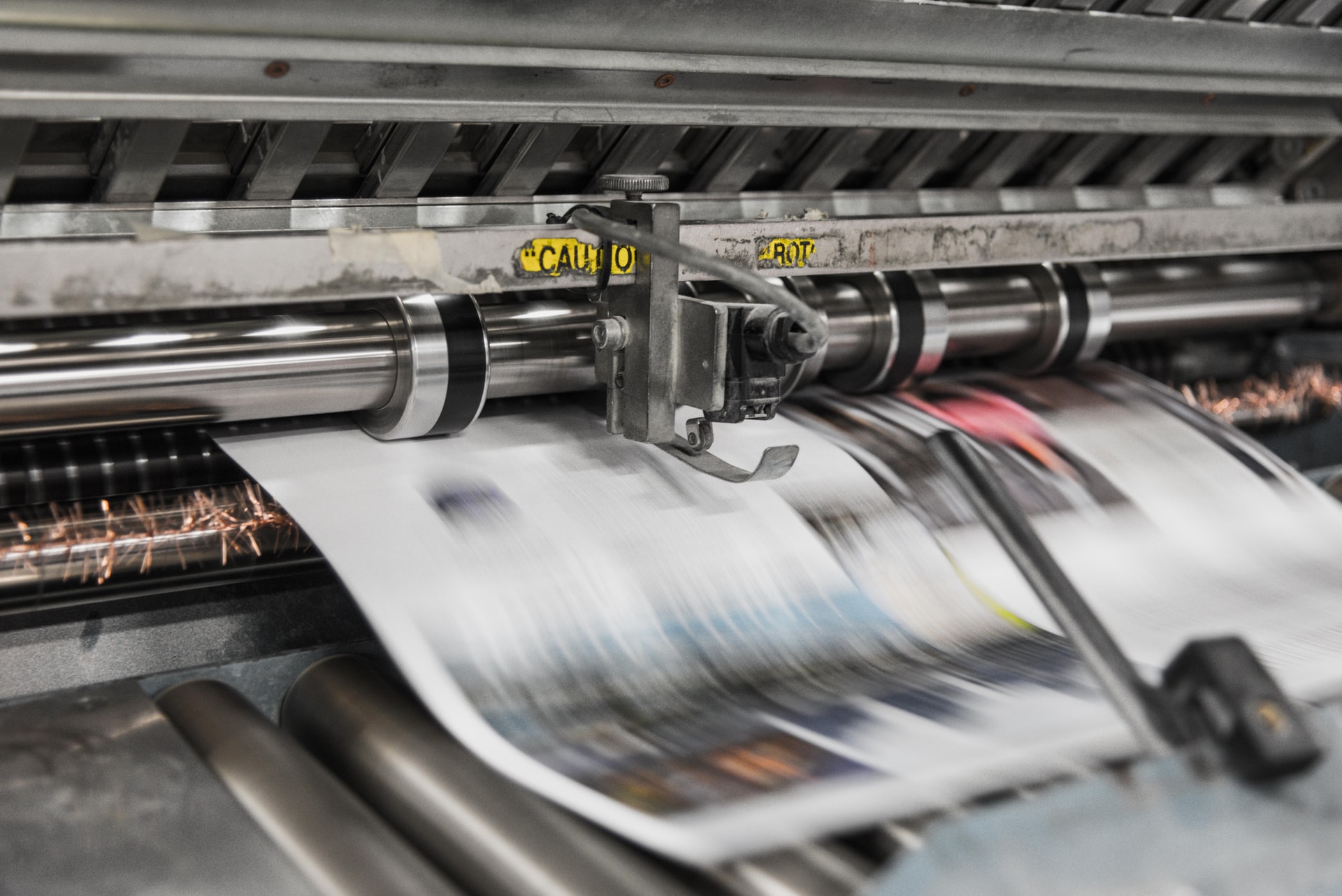
18 May Preprint Checklist for Graphic Designs
If you want your printed graphics to look just as good on paper as on a computer, a preprint checklist will help you get a perfect print every time. Don’t let a little mistake ruin your print job! You should always review your designs to ensure that they are formatted correctly, proofread, and print-ready. The team at Mousegraphics put together this preprint checklist, to help you prep your graphic designs appropriately.
1. Use the Right File Format
Image format is essential for producing high-quality prints. Knowing when to use raster or vector files will help you get a better-finished product. When working with photographs, raster file formats such as TIFF or PNG will more accurately preserve the image for print.
However, vector file formats such as EPS or PDF work better for digital graphics, especially those you regularly use. Vector files allow essential graphics such as logos to be scaled to fit any size print, from business cards and brochures to wall wraps and billboards.
2. Check Your Color Mode
Although designers often use RGB colors for digital graphics, you’ll likely need to convert your files from RGB to CMYK for print. To mix colors, printers use CMYK—cyan, magenta, yellow, and black—inks. Your design team should review files beforehand to ensure they’re formatted correctly for print. Double-check with your printer to confirm their preference for the best print for your specific job.
3. Check the Bleed
When working with images that need to extend to the edges of the paper, you need to include a bleed area. The bleed is a margin of space around the image that will be trimmed down after printing. Without a bleed, the printer will not be able to fit your piece to fill a surface perfectly, and will typically leave white lines that frame the design unnaturally.
4. Determine the Image Resolution Quality
When converting a digital image for print, you also need to ensure that its quality is suitable for your particular job. Typically, a digital image needs to have a resolution of at least 300 DPI for small format (up to 12” X 18”)printing. However, the exact size of the final printed material—especially large format prints—may require you to use a higher resolution. On the other hand, large prints often look good at very low resolutions, generally because of the viewing distance.
5. Proofread Your Text
Finally, you should always proofread the text of every document or design that you plan to print. Even if you did not write the text, someone on your team should check it for grammar and spelling. Mistakes can be costly—you don’t want to have to pay to reprint an entire job just because of a typo!
Why Should My Team Use a Preprint Checklist?
Ultimately, following a preprint checklist saves you both time and money. You’ll get your prints faster and eliminate a lot of back-and-forth by sending properly formatted files. And you can avoid costly mistakes by taking a few precautionary steps. Implementing a preprint checklist will make printing faster and easier.
Need Help Reviewing Your Design?
At Mousegraphics, we want to provide superior products every time. If you’ve followed our preprint checklist and reviewed your file formatting and color mode selection, but still want to double-check that your designs are ready to print, our prepress team can assist you. Contact us today at (480) 470-7438 to get started.
Photo by Bank Phrom on Unsplash.



